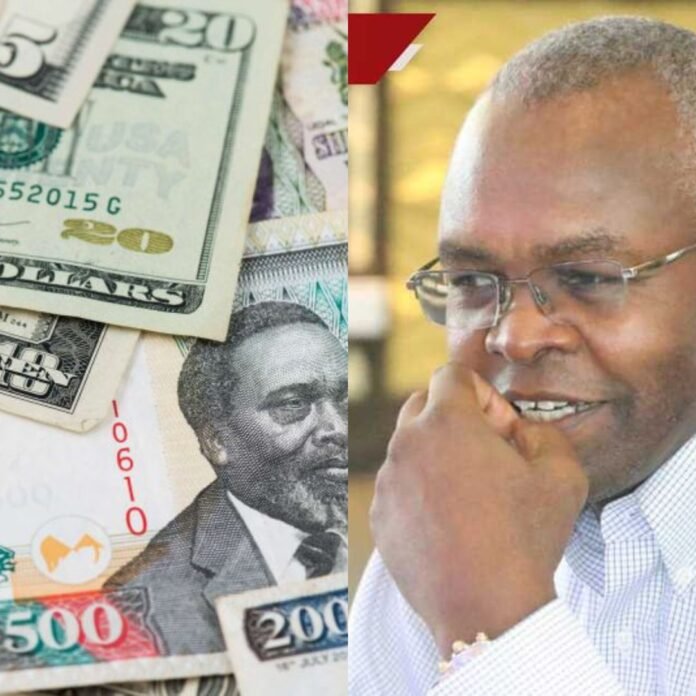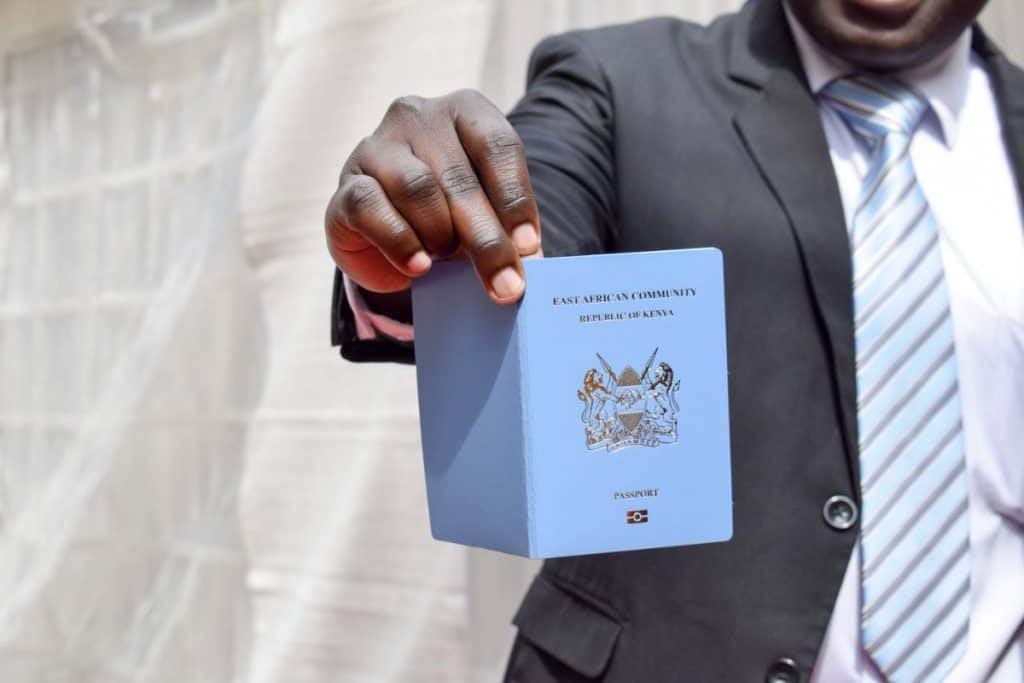The Kenyan Shilling has recently stabilized at around 129 per dollar, a significant recovery from its peak of 160 per dollar earlier this year. This stabilization comes after a tumultuous economic period marked by inflationary pressures, fluctuating fuel prices, and a weakening currency.
The Central Bank of Kenya (CBK) has implemented several measures to stabilize the Shilling. One of the key strategies has been the lowering of the Central Bank Rate (CBR) to 12%. This move aims to stimulate economic activity by reducing borrowing costs for businesses and encouraging private sector credit growth. Additionally, the CBK has been actively buying foreign currencies to moderate volatility and bolster forex reserves, which have grown to USD 8.247 billion.
These efforts have paid off, with the Shilling appreciating 18% against the US dollar and becoming the best-performing currency globally. The stability of the Shilling is crucial for Kenya’s economy, as it supports cross-border transactions and enhances investor confidence.
However, the road to stabilization has not been without challenges. The Kenyan economy faced significant headwinds, including a decline in demand for petroleum products despite falling pump prices. This decline in demand has contributed to a more stable fuel price environment, which in turn has supported the Shilling’s value.
Moody’s Investors Service has also played a role in shaping the economic outlook for Kenya. In July 2024, Moody’s downgraded Kenya’s local currency ceiling to B1 from Ba3, indicating a higher risk associated with financial obligations issued in Kenyan Shillings. This downgrade has had mixed effects on the Shilling, with initial predictions of further stabilization giving way to concerns about increased dollar demand and the country’s ability to manage its debts.
Despite these challenges, the CBK remains optimistic about the Shilling’s future. Governor Kamau Thugge highlighted that the Shilling’s strength could attract more foreign investors, further enhancing forex reserves and supporting economic stability.
Looking ahead, the CBK’s continued focus on maintaining price stability and supporting economic growth will be crucial. The recent measures, combined with a positive outlook from Moody’s, suggest that the Kenyan Shilling may continue to stabilize and even strengthen in the coming months.









